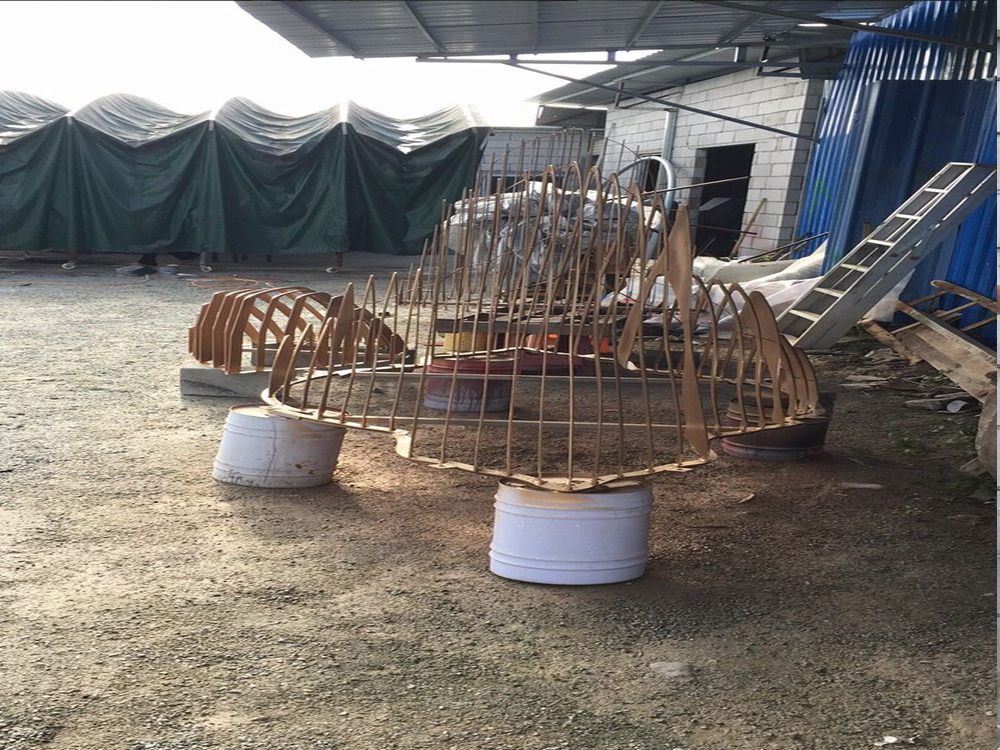
The art of bronze sculpture has evolved dramatically with the integration of digital design and fabrication tools. Traditionally, creating bronze sculptures involved labor-intensive processes like lost-wax casting, requiring meticulous handwork. Today, artists leverage 3D modeling software to design intricate forms with precision, enabling complex geometries that were once impractical. Digital tools like CAD and CNC milling allow for rapid prototyping, reducing material waste and production time.
Moreover, 3D printing has opened new possibilities, enabling artists to experiment with hybrid techniques—combining digital prototypes with traditional bronze casting. This fusion preserves the timeless appeal of bronze while embracing modern efficiency. The result is a renaissance in sculptural art, where technology enhances creativity without overshadowing the craftsmanship that defines bronze as a medium.
As digital fabrication becomes more accessible, it democratizes sculpture-making, allowing emerging artists to explore bronze work with lower barriers to entry. Yet, the essence of bronze—its weight, texture, and permanence—remains unchanged, proving that technology can elevate tradition rather than replace it.

